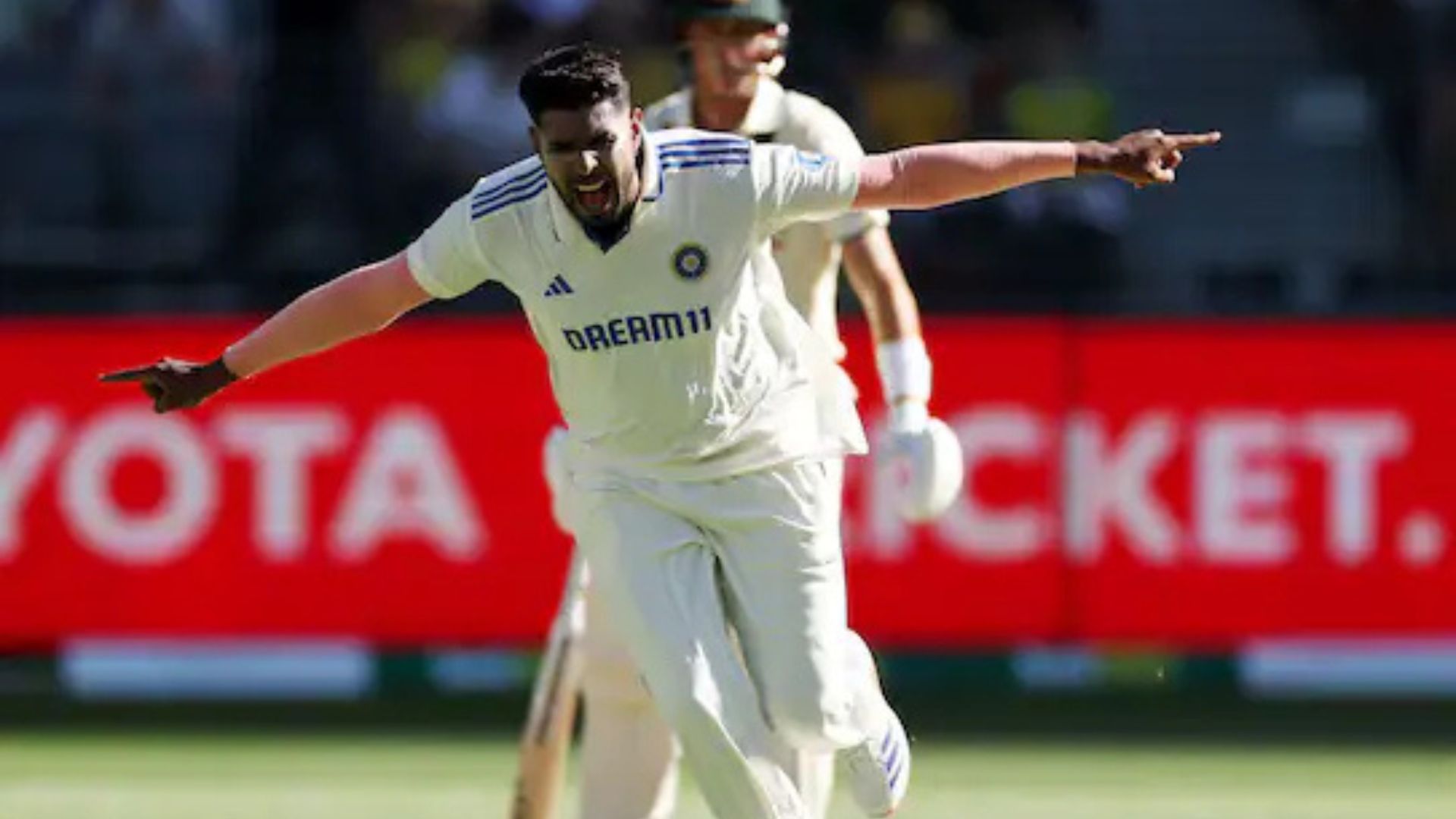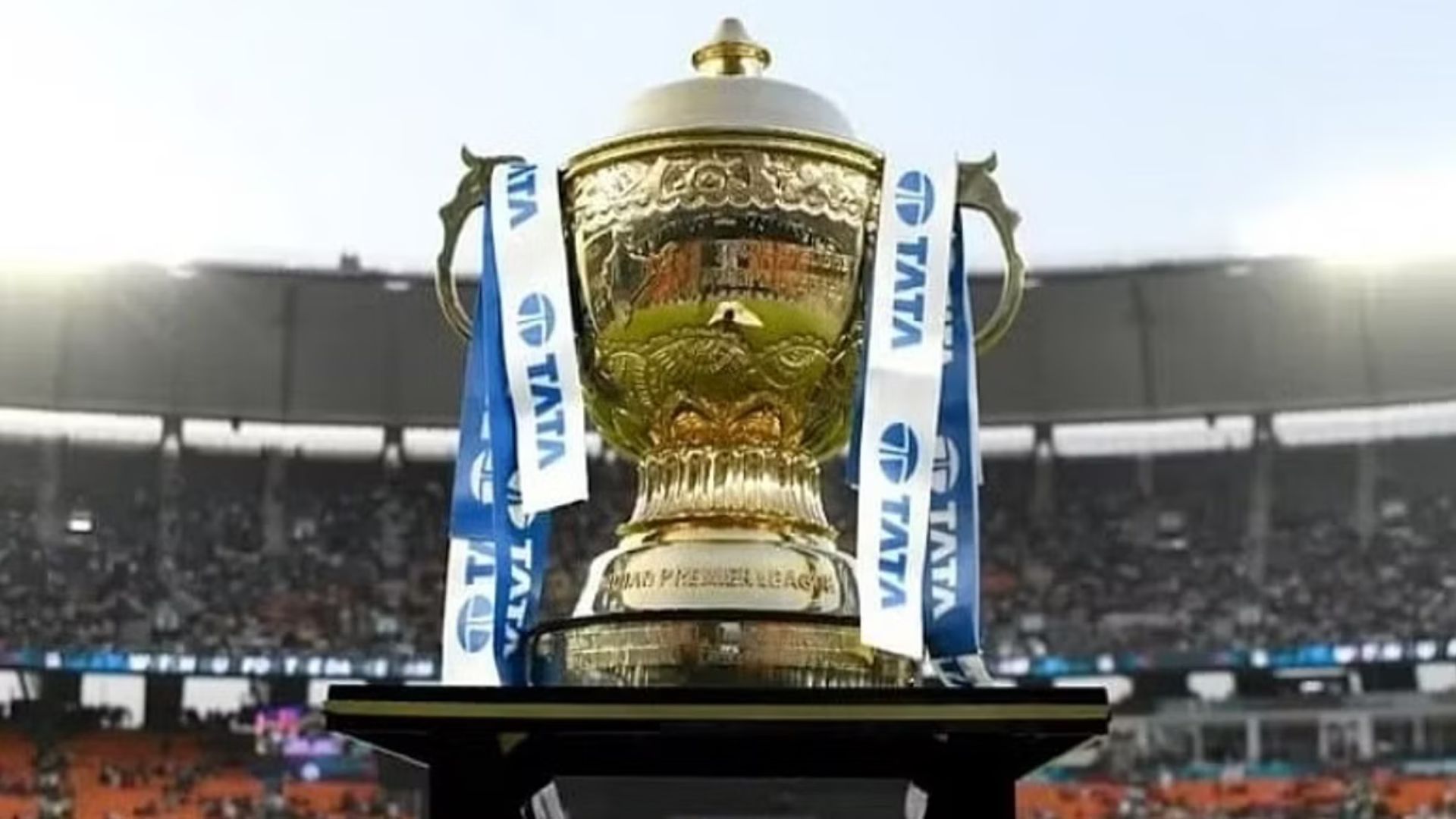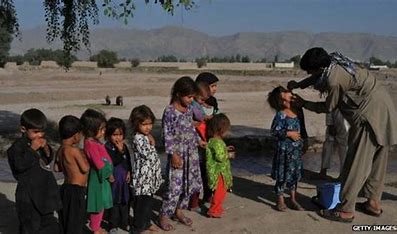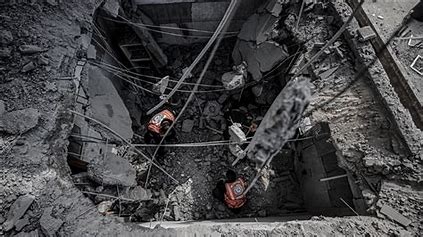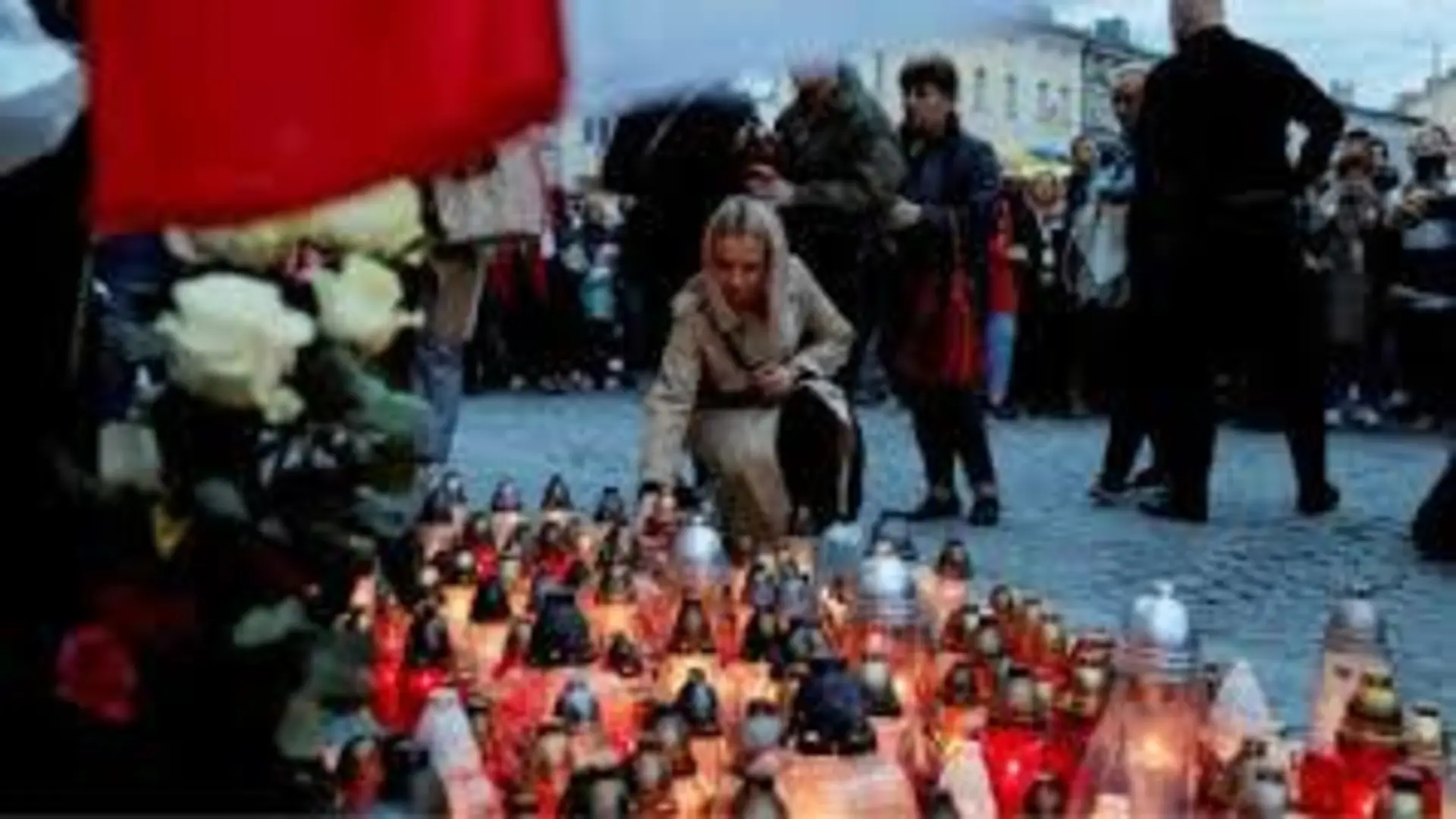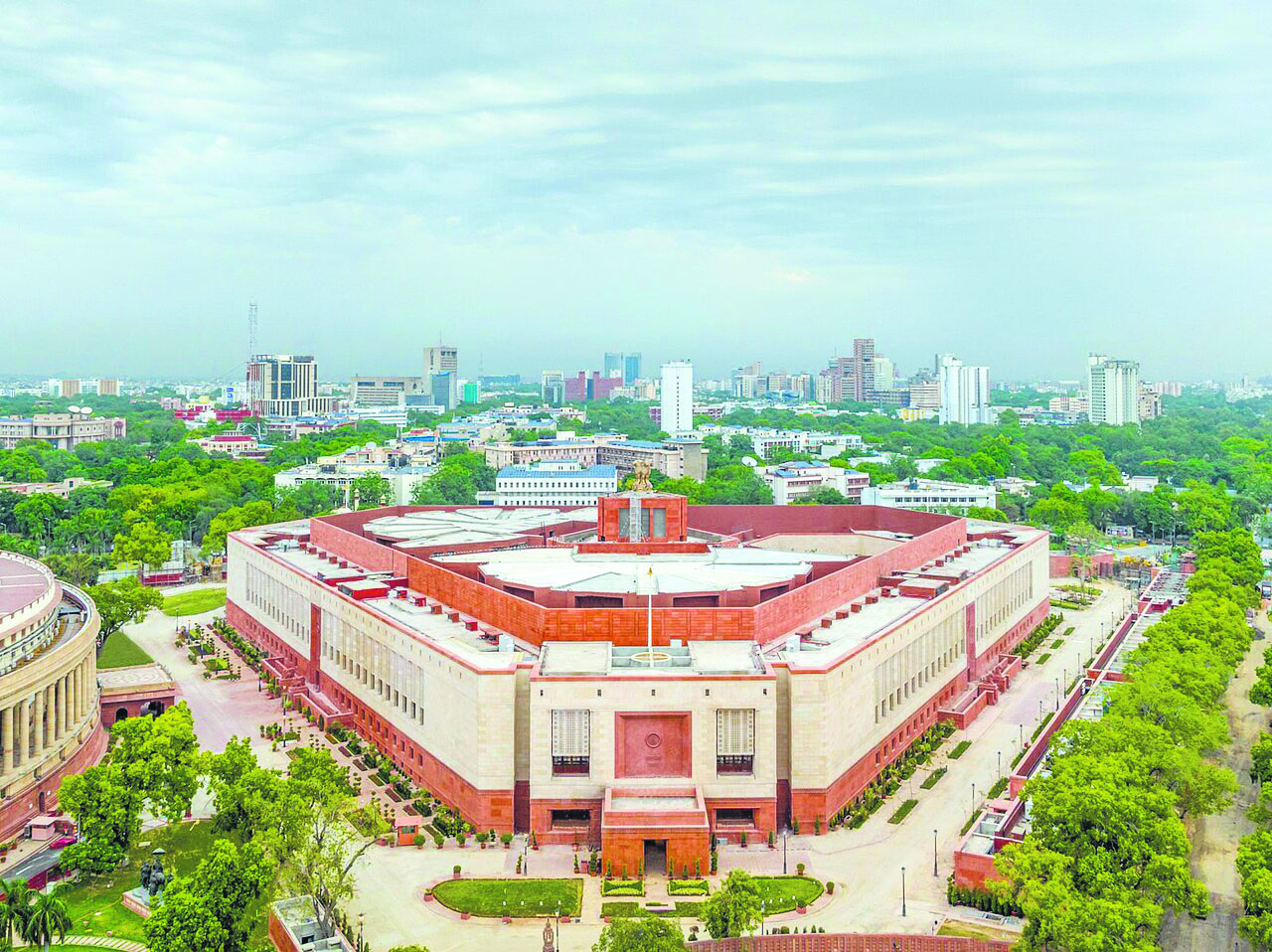
After independence, the Constituent Assembly of India was elected to write the Constitution, which came into force on January 26, 1950. The Assembly was disbanded, and succeeded by the Parliament of India, which is active to this day.
During British rule, the legislative branch of India was the Imperial Legislative Council, which was created in 1861 via the Indian Councils Act of 1861and disbanded in 1947, when India gained independence. Following independence, the Constituent Assembly of India was elected to write the Constitution of India. It was adopted by the Constituent Assembly on 26th November 1949 and came into force on 26th January 1950, the Constituent Assembly of India was disbanded, and succeeded by the Parliament of India, which is active to this day. The constitution is the supreme law of India. This is a written document which lays down the framework demarcating fundamental basic code, structure, procedures, powers, and duties of Government and its organizations and rights & duties of the citizen. At the time of its adoption, the Constitution contained 395 Articles and 8 Schedules and was about 145,000 words long, making it the longest national Constitution to ever be adopted.
The Parliament
Parliament is the supreme legislative body of India. The Indian Parliament comprises of the President and the two Houses – Rajya Sabha (Council of States) and Lok Sabha (House of the People). The President has the power to summon and prorogue either House of Parliament or to dissolve Lok Sabha. The first general elections under the new Constitution were held during the year 1951-52 and the first elected Parliament came into existence in April, 1952.
The Constitution of India, republican in character and federal in structure, embodies the salient features of the parliamentary system. It provides for a Parliament for the Union consisting of the President and the two Houses, namely, the Rajya Sabha (Council of States) and the Lok Sabha (House of the People); a Union Executive, drawn from both the Houses of Parliament and collectively responsible to the Lok Sabha. Ensuring thereby an intimate relationship between the Union Executive and Parliament; a head of the State called the President of India, acting on the aid and advice of the Union Council of Ministers; a number of States with basic provisions, parallel to those for the Union in respect of the Executive and Legislature of each State; Rule of law; independent Judiciary and a permanent Civil Service.
The Parliament in India is not a sovereign body, it functions within the bounds of a written Constitution. The authority and jurisdiction of Parliament are limited by the distribution of powers between the Union and the States and by the incorporation of a code of justifiable fundamental rights in the Constitution. There is also provision for judicial review which means that all laws passed by Parliament must be in conformity with the provisions of the Constitution and liable to be tested for constitutionality by an independent Judiciary. All these provisions tend to qualify the nature and extent of the authority and jurisdiction of Parliament.
The biggest law-making assembly of India is Parliament, which constitutes President, Lok Sabha, and Rajya Sabha. Interesting facts about the first and old building of the Parliament and its function are presented below:
=Edwin Lutyens and Herbert Baker are the architects who designed the model of Parliament. The stone laying for the inauguration of constructing parliament was made on 12 February,1921. The construction was completed in January 18 1927 after 6 years.
=The inauguration of parliament building was made by the then Indian Viceroy, Lord Irwin. The area of Parliament compound is about 6 Acres. There are 12 doors for entry into the parliament. The central hall is in the middle of parliament mandir. It was in central hall, the transfer of British governance to Indians took place and was in August 151947.
=The area of Lok Sabha Hall in Parliament is 446 square meters. The seats in Lok Sabha are arranged in the manner of Horse Shed. There are around 550 seats for the members of Lok Sabha.
=The floor is covered with green color carpet in Lok Sabha. The members of ruling party are seated in right side, whereas opposition party members are seated in left side of Lok Sabha. Red colored carpet is covered in the floors of Rajya Sabha.
= There are around 250 seats for the members in Rajya Sabha. The seats in Rajya Sabha are arranged in the manner of Semi Circle.
=The members of Rajya Sabha were elected directly by the people. The duration of each member of Lok Sabha is five years. Speaker is the Presiding Officer of Lok Sabha.
=President can arrange the joint meeting of both Lok Sabha and Rajya Sabha.
=GV Mavalankar is the first Lok Sabha speaker of parliament.
=Lok Sabha came into existence in 1952 April 17. The first meeting was conducted in 1952 May 13. Rajya Sabha is the continuous assembly of Parliament, and it cannot be dismissed. Six years is the duration of each Rajya Sabha assembly.
=The total members of Rajya Sabha are 250. Of these 250 members, 12 members were nominated by the president. It was in 1952 April 3, Rajya Sabha came into existence.
=The major difference between lok sabha and rajya sabha interior is the colour of the furniture. Lok Sabha is usually green in colour and Rajya Sabha is red.
Lok Sabha
The Lok Sabha is composed of representatives of people chosen by direct election on the basis of Universal Adult Suffrage. The Constitution of India allows for a maximum of 550 members in the House, with 530 members representing the States and 20 representing the Union Territories. At present, the Lok Sabha has 543 seats filled by elected representatives. The term of the Lok Sabha, unless dissolved, is five years from the date appointed for its first meeting. However, while a proclamation of emergency is in operation, this period may be extended by Parliament by law for a period not exceeding one year at a time and not extending in any case, beyond a period of six months after the proclamation has ceased to operate.
As per the provision of Article 79 of Indian Constitution, the House of the People, the Lok Sabha is the lower House of the parliament. Lok Sabha is composed of representatives of the people chosen by direct election on the basis of the adult suffrage. The maximum strength of the House envisaged by the Constitution is 552.
Budget in Parliament
Ours is a parliamentary system of Government based on the Westminster model. The Constitution has, therefore, vested the power over the purse in the hands of chosen representatives of the people, thus sanctifying the principle ‘no taxation without representation’. Preparation of Budget for the approval of the Legislature is a constitutional obligation of the Government, both at the Centre and the State levels. Legislative prerogative over taxation, legislative control over expenditure and executive initiative in financial matters are some of the fundamental principles of the system of parliamentary financial control. There are specific provisions in the Constitution of India incorporating these tenets.
Rajya Sabha
The Rajya Sabha should consist of not more than 250 members – 238 members representing the States and Union Territories, and 12 members nominated by the President. Rajya Sabha is a permanent body and is not subject to dissolution. However, one third of the members retire every second year, and are replaced by newly elected members. Each member is elected for a term of six years. The Vice President of India is the ex-officio Chairman of Rajya Sabha. The House also elects a Deputy Chairman from among its members. Besides, there is also a panel of “Vice Chairmen” in the Rajya Sabha. The senior most minister, who is a member of Rajya Sabha, is appointed by the Prime Minister as Leader of the House, according to india.gov.in data.
Council of States i.e. Rajya Sabha is the Upper House of the Indian Parliament. Rajya Sabha consists of the representatives of the States and the Union Territories and persons nominated by the President of India. The Vice-President of India is the ex-officio Chairman of Rajya Sabha. Rajya Sabha also chooses from amongst its Members, a Deputy Chairman. In the absence of the Chairman, Deputy Chairman preside, according to https://sansad.in/rs.
Old Building (Samvidhan Sadan)
The old Parliament House (Samvidhan Sadan) is located in New Delhi. It was designed by Edwin Lutyens and Herbert Baker, who were made responsible for the planning and construction of New Delhi by the British government, as the home of the Central Legislative Assembly, the Council of State, and the Chamber of Princes. The construction of the building took six years, and the opening ceremony was performed on 18 January 1927 by the viceroy and governor-general of India, Lord Irwin. The construction cost for the building was ₹8.3 million (US$100,000).
The building is 21 metres (70 ft) tall, 170 metres (560 ft) in diameter and covers an area of 2.29 hectares (5.66 acres). The Central Hall consists of the chambers of the Lok Sabha, the Rajya Sabha, and the Library hall. Surrounding these three chambers is the four-storeyed circular structure providing accommodations for members and houses parliamentary committees, offices and the Ministry of Parliamentary Affairs. The center and the focus of the building is the Central Hall. It consists of chambers of the Lok Sabha, the Rajya Sabha, and the Library Hall, and between them lie garden courts. Surrounding these three chambers is the four-storeyed circular structure providing accommodations for ministers, chairmen, parliamentary committees, party offices, important offices of the Lok Sabha and Rajya Sabha Secretariat, and also the offices of the Ministry of Parliamentary Affairs. The Central Hall is circular in shape and the dome is 30 metres (98 ft) in diameter.
It is a place of historical importance. The Indian Constitution was framed in the Central Hall. The Central Hall was originally used in the library of the erstwhile Central Legislative Assembly and the Council of States. In 1946, it was converted and refurbished into the Constituent Assembly Hall.
New Building (Sansad Bhavan)
A new parliament building was inaugurated on May 28, 2023.[14] The old building, an 85-year-old structure suffers from inadequacy of space to house members and their staff and is thought to suffer from structural issues. The building also needs to be protected because of its heritage tag.
The new building, with a built-up area of approximately 65,000 sq m and a distinctive triangular shape, optimally utilizes space. It houses an expanded Lok Sabha hall, accommodating up to 888 seats, and a larger Rajya Sabha hall, accommodating up to 384 seats, with the Lok Sabha capable of accommodating up to 1,272 seats for joint sessions of Parliament. The Lok Sabha hall draws inspiration from India’s national bird, incorporating a peacock theme, while the Rajya Sabha hall is designed with a lotus theme, reflecting India’s national flower. Additionally, a state-of-the-art Constitutional Hall symbolically and physically places Indian citizens at the heart of democracy.
Prime Minister Narendra Modi laid the foundations for the new Parliament building on 10 December 2020. With an estimated cost of ₹9.71 billion, the new building was inaugurated in 2023. The first session in the New Parliament took place on 19 September 2023.
2001 Terrorist attack
On 13 December 2001, Indian Parliament was attacked by an Islamic terrorist group. The perpetrators were Lashkar-e-Taiba (Let) and Jaish-e-Mohammed (JeM) terrorists. The attack led to the deaths of five terrorists, six Delhi Police personnel, two Parliament Security Services personnel, and a gardener, which totaled 14 fatalities. The incident led to increased tensions between India and Pakistan, resulting in the India–Pakistan standoff.
2023 Indian Parliament breach
On 13 December 2023, two protestors breached the parliament and entered the Lok Sabha. The parliament security breach was organized by six protestors where two of the accused Sagar Sharma and D Manoranjan, jumped into the chamber from the visitor’s gallery, and opened a yellow smoke canister, in an attempt to reach the Speaker’s Chair. While outside the parliament, two others, Neelam Devi and Amol Shinde opened aerosol canister releasing a color smoke.
The sixth individual, Vishal Sharma, was caught meters away from the parliament after filming and uploading the video of the protest outside Parliament to the social media platforms. The leader of the protestors was Lalit Jha who is affiliated with the Samyabadi Subhas Sabha, a non-governmental organisation in West Bengal, and calls himself teacher on his Instagram profile. The Delhi police told the court that it was well planned attack on the parliament and all the nabbed accused could be affiliated with terrorist organizations. While the police have not officially revealed a motive, both media reports and statements from the families of the accused suggest that the protesters, who were reportedly unemployed, sought to articulate their frustration with the government’s policies.
Day after the security breach, MP Derek O’Brien of the Rajya Sabha and 13 MPs of Lok Sabha from the Congress and the Dravida Munnetra Kazhagam parties, were suspended until 22 December for protesting against a security breach in the parliament.
A week after the breach, 78 MPs were suspended, most of them part of the INDIA alliance.
